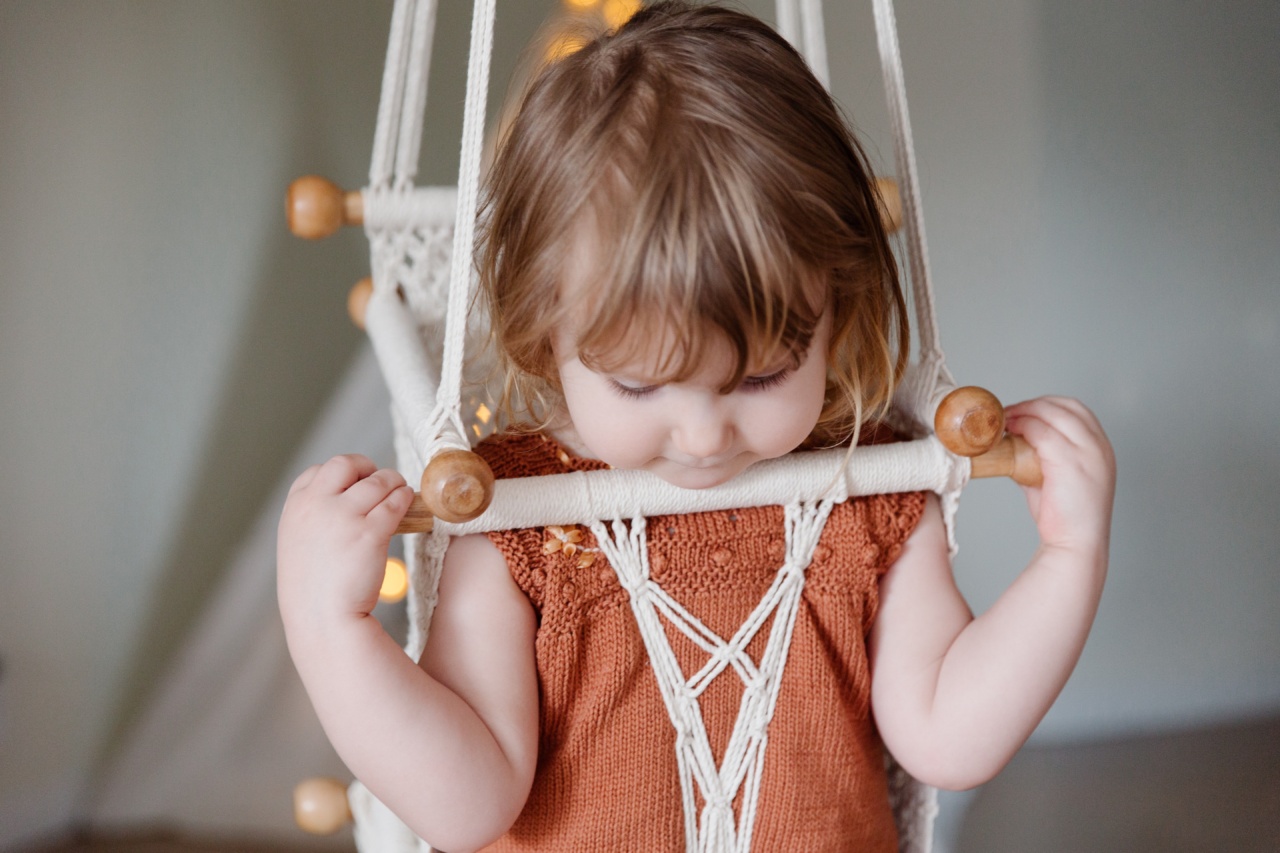As a parent, you want to give your baby the best care possible. This includes ensuring they get enough restful sleep to support their growth and development.
However, with all the conflicting advice out there, it can be difficult to know when it’s time to transition your little one from a swing to a crib. Here are some signs that your baby may be ready for the switch.
Signs Your Baby May Be Ready to Transition
1. Your Baby is Too Big for the Swing
Most swings have weight and size limits, and once your baby reaches these limits, it’s no longer safe for them to use the swing. Additionally, once your baby starts to move around more, they may be more at risk of falling out of the swing.
2. Your Baby is Waking Up More Frequently
If your baby starts waking up more frequently than usual or fussing during their naps or at night, it could be a sign that they are outgrowing their swing. A crib is a safer and more secure sleep environment for a growing baby.
3. Your Baby is Rolling Over
Once your baby learns to roll over on their own, it’s time to transition them to a flat, firm sleep surface like a crib.
Sleeping in a swing after learning to roll over can be dangerous and increase the risk of Sudden Infant Death Syndrome (SIDS).
4. Your Baby is Getting Too Old
Swings are typically recommended for babies up to six months old. After that, they may start to become bored with the limited range of motion the swing provides.
For older babies, a crib may be more stimulating and help them feel more secure as they explore their environment during playtime.
Tips for Transitioning Your Baby from the Swing to the Crib
1. Gradually Introduce the Crib
Start by placing your baby in the crib for short periods during the day for playtime or diaper changes so they can get used to the new environment.
Gradually increase the amount of time they spend in the crib until they are ready to sleep there full-time.
2. Use Familiar Sleep Aids
If your baby has a favorite blanket or stuffed animal, make sure they have it with them when you place them in the crib. This can help them feel more secure and make the transition easier.
3. Stick to a Routine
Babies thrive on routine, so try to establish a consistent bedtime routine that includes a warm bath, a soothing book or song, and some cuddle time before placing them in the crib. This can help signal to your baby that it’s time for sleep.
4. Be Patient
It’s normal for babies to take some time to adjust to a new sleep environment, so be patient with the transition.
If your baby cries when you put them in the crib, try reassuring them with a gentle pat on the back or a soothing word as you leave the room.
Conclusion
Transitioning your baby from a swing to a crib can be a big step, but it’s an important one for their safety, comfort, and development.
By looking for the signs your baby is ready to transition and following these tips, you can help make the process as smooth as possible for everyone.






























